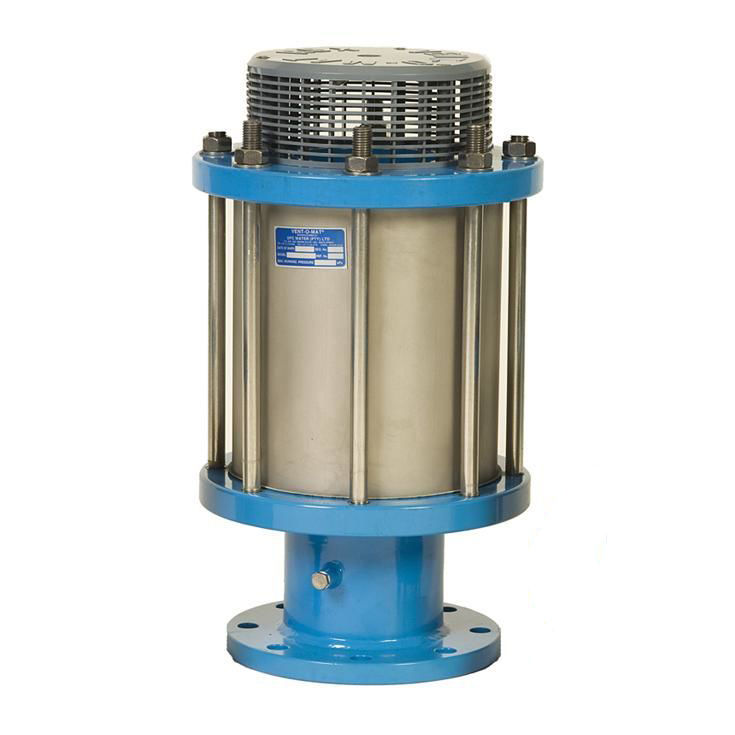If you want to ensure that you get the best possible flow through your irrigation system, then installing air release valves in the right locations are essential. These valves not only help to promote flow but also help to provide a full protection system.
Of course, these will not work or, at the very least, may not be effective, if you do not properly install them. This is why it is important to make sure that you are installing these valves, or your system may operate inefficiently or even break down.
Isolation of Air Valve in the Pipeline
If your irrigation system is fully pressurized, then it requires that you perform ongoing maintenance to ensure that it operates at peak efficiency. This means that you need to install an isolation valve prior to installing the air valve. If using a valve up to and including 50 mm, then the choice is a ball or gate valve. This is an important safety feature to app, but you want to ensure that your isolation valve is considered “full port” as you will find that many of the plastic ball valves have 50 mm connections.
You should avoid using fitting reduced port valves because they can negatively impact the performance of the air valve itself.
Keep Air Valve, Isolation Valve Vertical
When installing your air valve, it is important for you to keep in mind that it must be installed vertically. These valves operate at peak efficiency when they are within 5° from the vertical position. If they are installed at a different angle, you can be sure that it will impact the flow performance and you will have issues.
Making Your Connection
When installing an air valve that contains a riser connected off the pipeline, you should ensure that the pipe material has an internal diameter that is equal to or even greater than the orifice of the air valve. This ensures that you get the best possible performance from the air valve, ensuring that airflows properly.
Fitting a Collection Chamber
If your irrigation system continuously fills and drains, then the air valve becomes one of the most essential features to your system. You want to ensure that the largest amount of air is captured. In this case, you want a tee or large riser that is at least two times the area of the valve.
When You Install an Air Valve Near Bends, Elbows
You are likely to find that air will often become trapped at bends or elbow joints. Because of this, you will be best served by installing an air valve that is as close as possible to these types of fixtures. If you find that you were unable to do this, that it may be to your advantage to use a tee joint instead of a bend.
These simple tips can help you to ensure that you are installing your air valves properly so that you receive optimal flow from your irrigation system. Keep in mind that neglecting to include one of these valves can lead to the system operating inefficiently or not operating at all. So, make sure you are installing your air valve in the proper location or locations so that you will get the most from your irrigation system.

